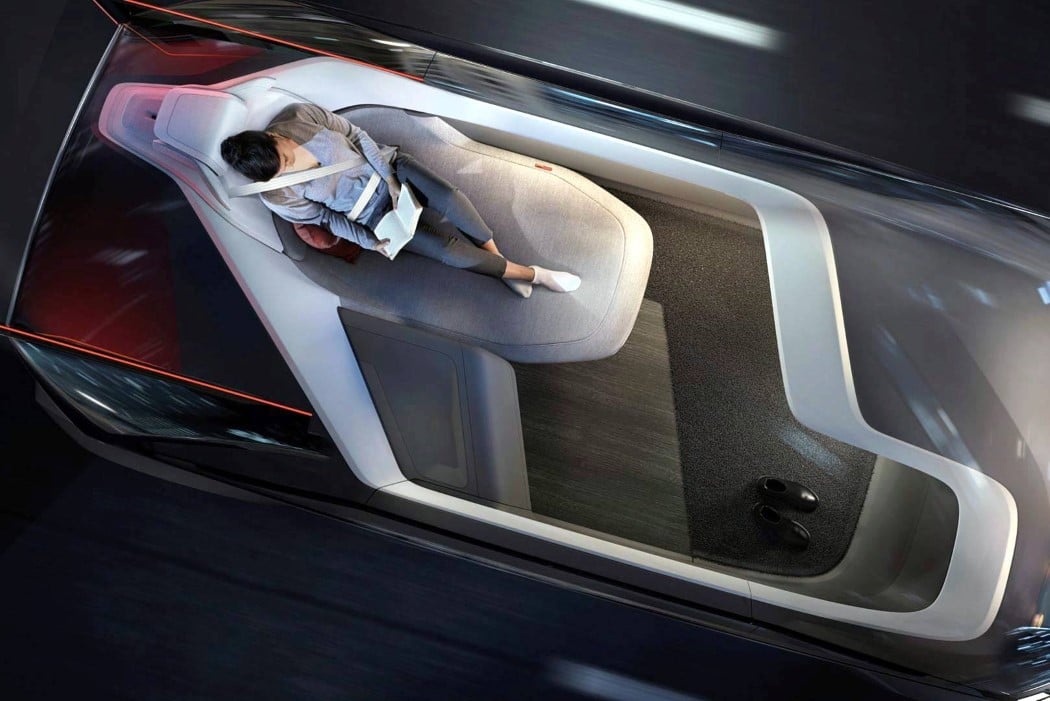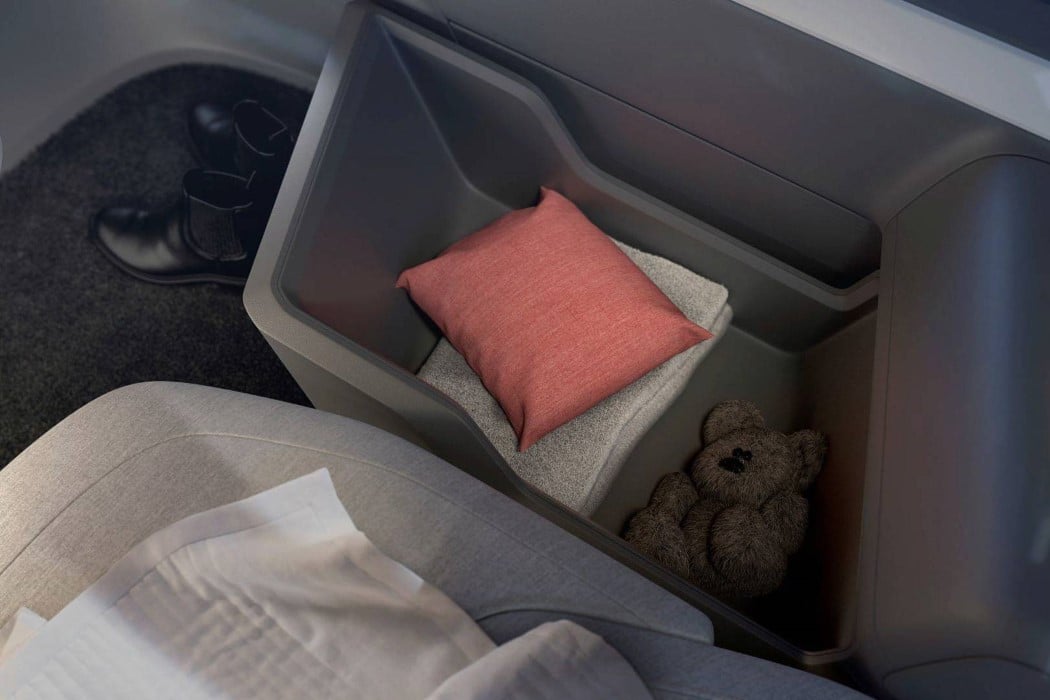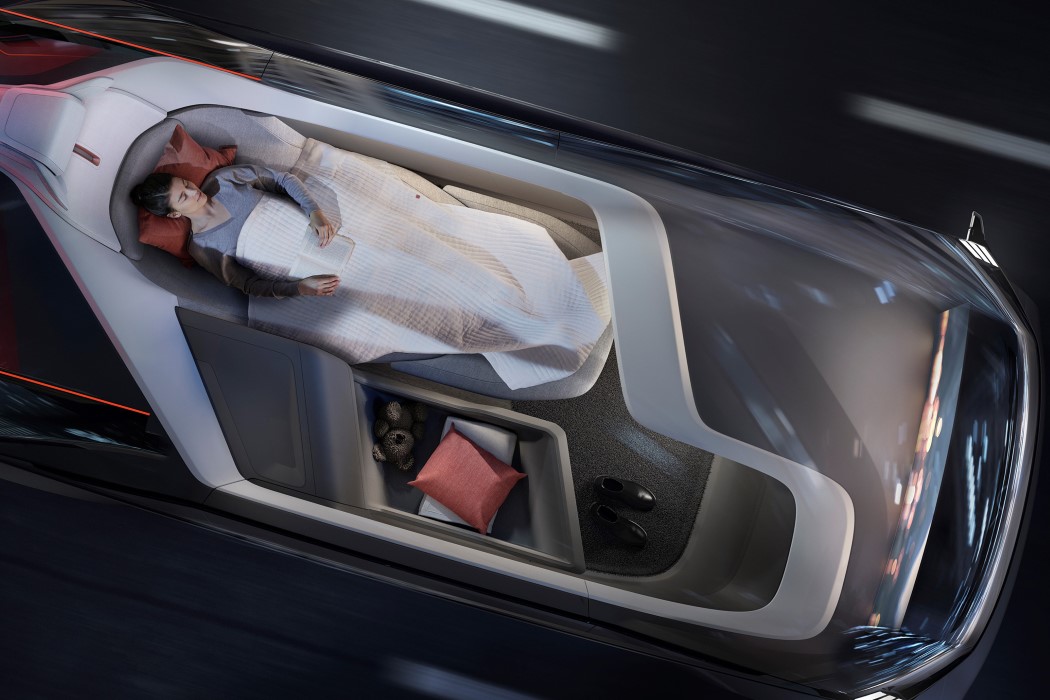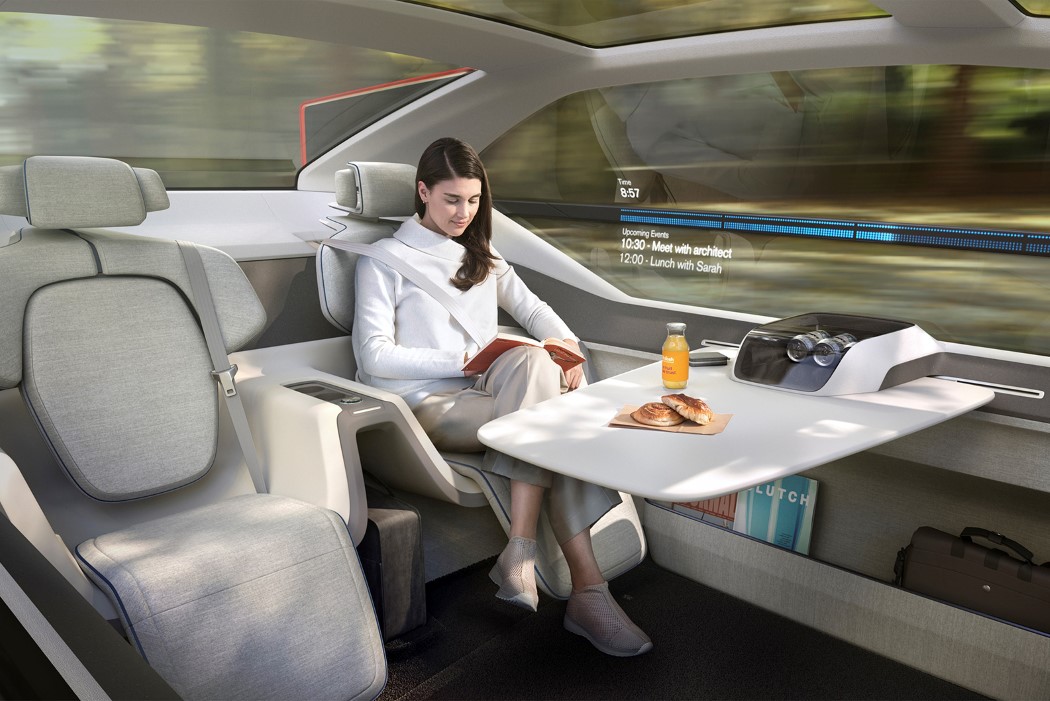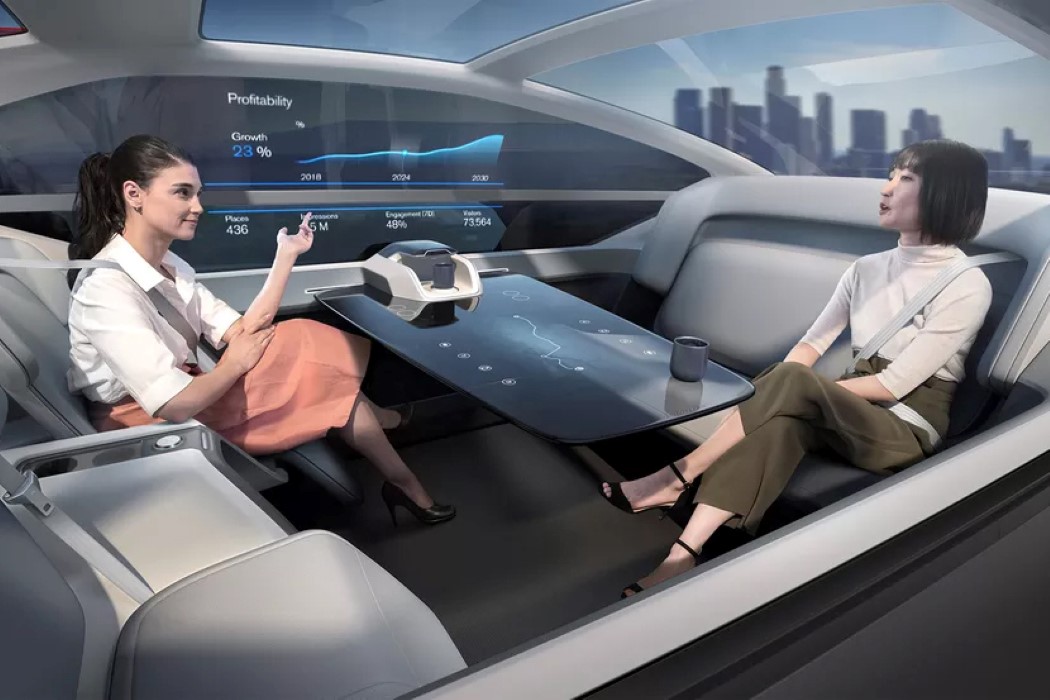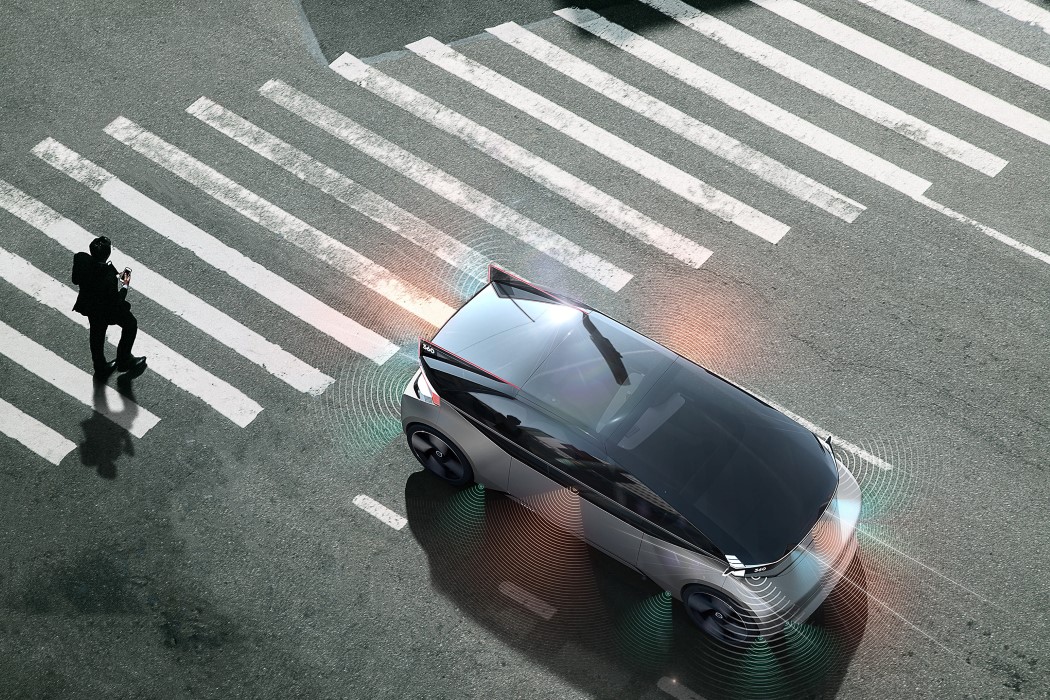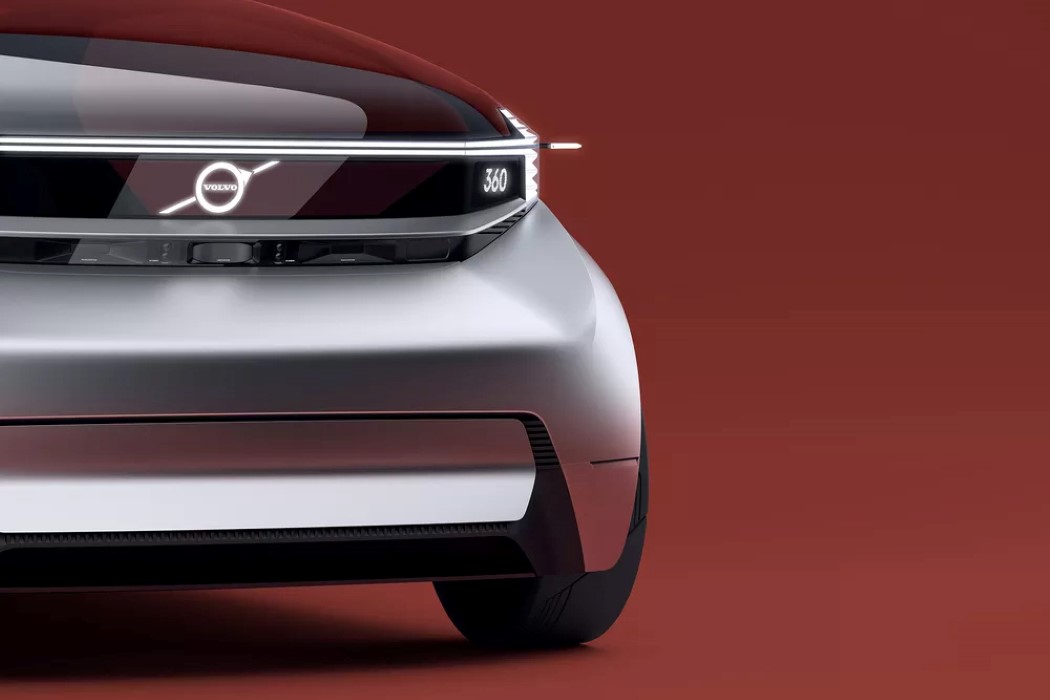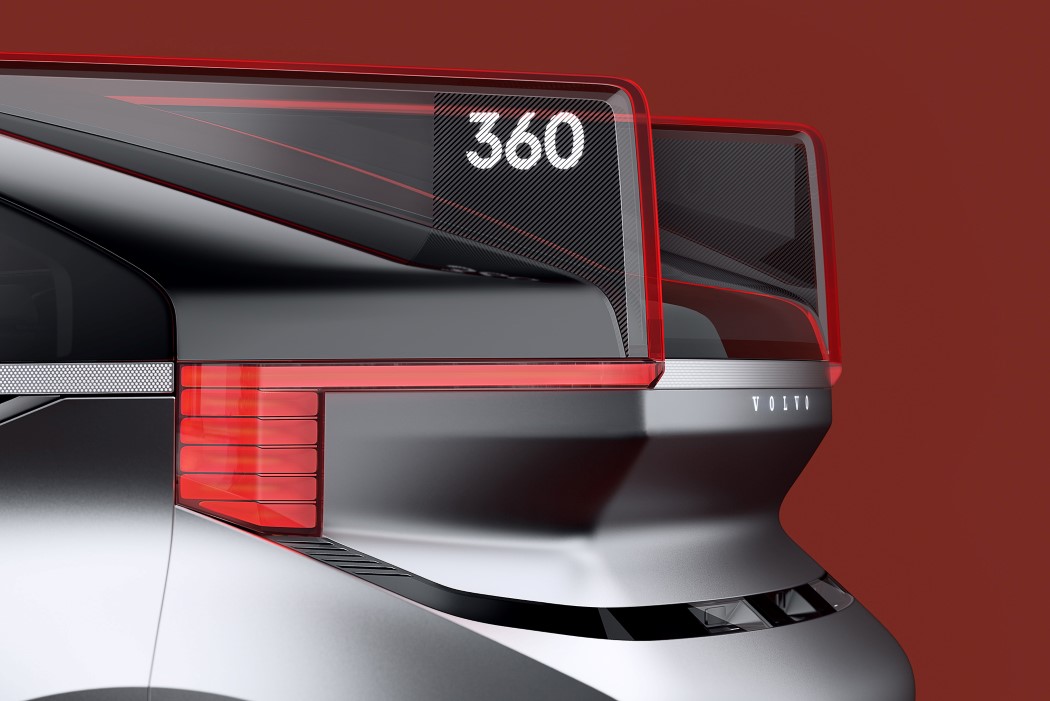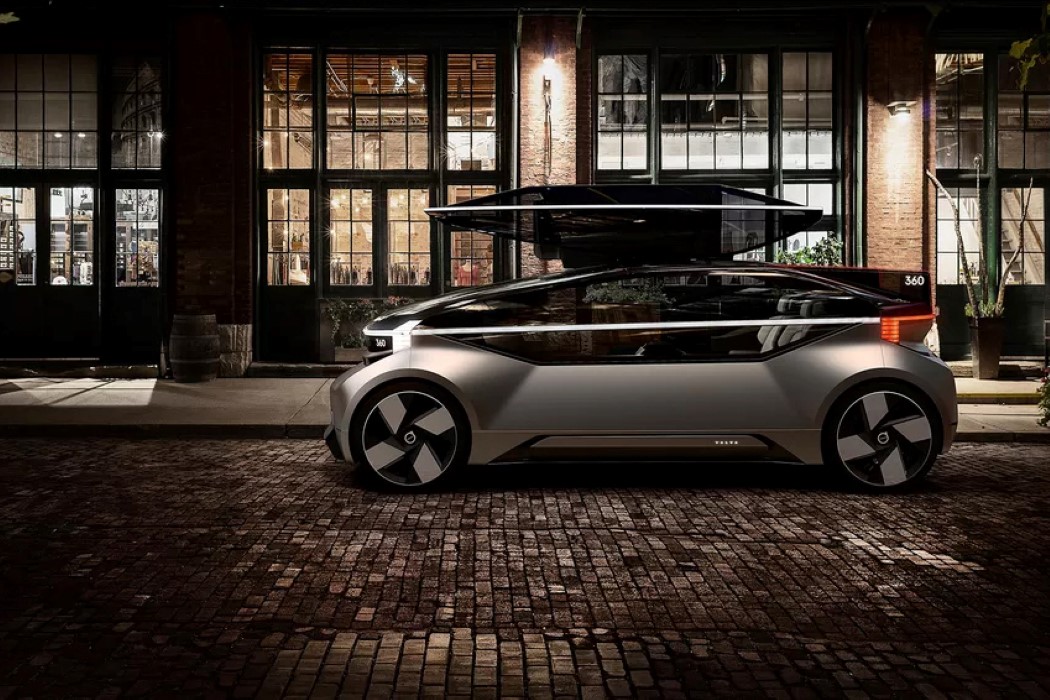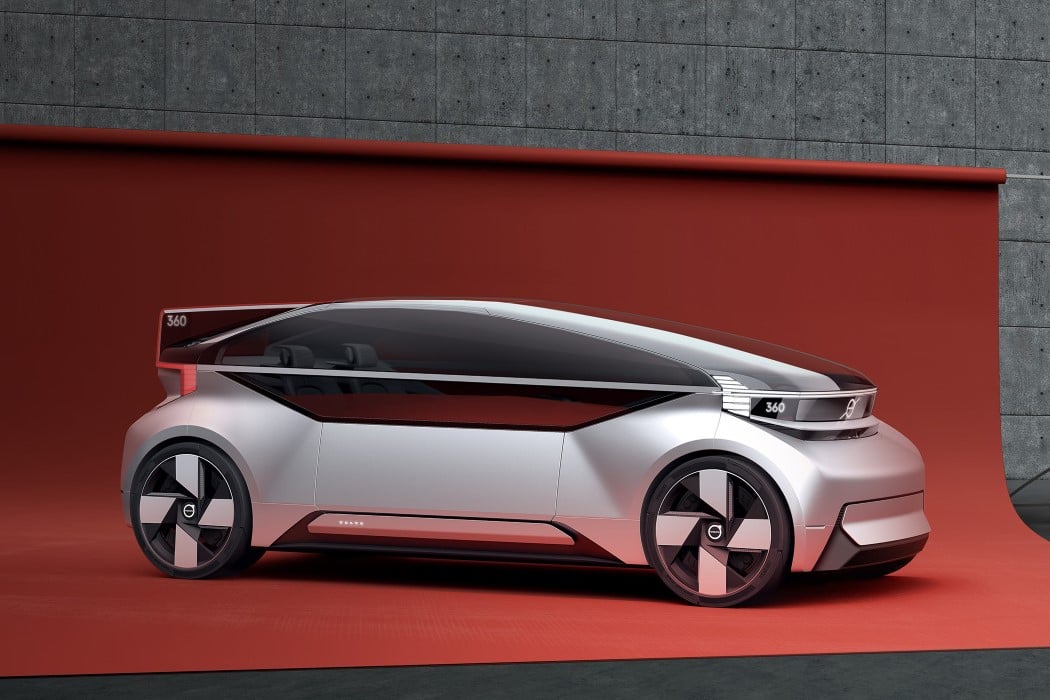
For a car that was built to be a room/cabin on wheels, safety takes on a completely different avatar. You can’t opt for the traditional seat-belt in a car that was literally designed to be practically a bedroom on wheels. That’s the dilemma for Volvo’s 360c, a car that was quite literally built to be “architecture that transports you”. Focusing on empathizing with the traveler, the car is built with no steering wheel, pedals, or even a traditional dashboard. Instead, the car is treated as a cabin either for work (giving you more productivity), or rest (allowing you to grab a few winks during your long commute), and with that status of being a cabin on wheels come a few concerns… namely “how do you protect a sleeping passenger during a road mishap?”
Especially a concern for Volvo, given its reputation of being a brand that always puts safety and reliability first, the car company decided that the traditional safety methods like seat-belts and SRS airbags would simply not do. So in comes Volvo’s replacement… a Safety Blanket.
The ideation started with Volvo’s engineering team first looked at different reclinable positions (with the seatbelt), much like an airplane, but it came with its share of constraints, like what if the person wanted to sleep on their side, or roll over. Besides, airplane seatbelts are made to secure you during turbulence, while a car seatbelt is made for much more grave scenarios. The Safety Blanket works much like the seat-belt, in the sense it restrains you at the moment of impact, but as safety measure, is much more complicated and nuanced. A seat-belt works great because you’re always seated in a certain way. When you sleep, you’re either sleeping supine, or on your side, or even your stomach. The blanket covers your body and consists of restraints that would tighten around your shoulders and hip areas in the event of a collision or hard braking.
“The idea is to select a personalized blanket for your needs and you wear it for comfort and coziness and it will then provide protection during a crash.” says Lotta Jakobsson, senior technical expert at Volvo. “The challenge is making sure it interacts with you, being different in sizes, sleeping differently.” The Safety Restraint Blanket currently is just a work in progress, but given how soon self-driving cars will begin occupying our roads, it won’t be long before a more detailed, tested, and validated version of this will begin being implemented. “You need to figure out how you won’t be injured by things,” Jakobsson said. “It’s definitely keeping us busy.”
Designer: Volvo
